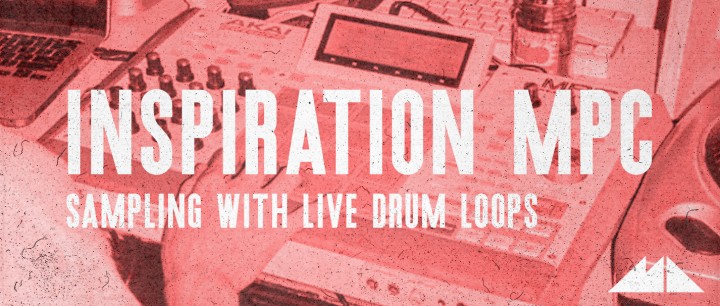
No piece of gear influenced the foundations of Hip Hop more than the MPC, or ‘MIDI Production Centre’, to give it its full title.
Released in the late 80s by Akai from a design by the legendary drum machine inventor Roger Linn, the MPC gave producers an easy way to sample from their record collections and to sequence these snippets of audio into beats and ultimately, full arrangements.
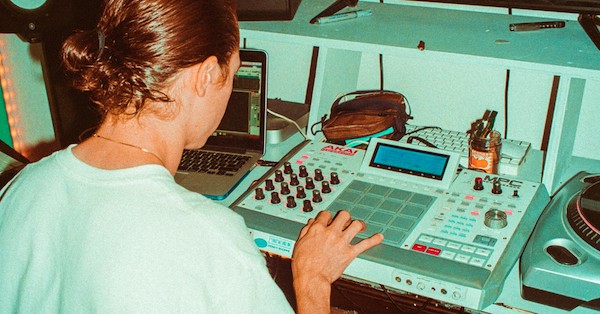
Now no longer ubiquitous amongst Hip Hop makers thanks to the advent of cheaper, far more convenient software samplers and DAWs, much can nevertheless be learned and borrowed from the way that the pioneers of the genre honed their craft using those little grey boxes.
Today, I want to show you how much fun can be had from re-sequencing a live drum loop using a software sampler, in a manner entirely reminiscent of how old Funk drum breaks were sampled and then sequenced using those early MPC models.
*Be sure to stick around till the end where I'll give away some loops & MIDI used in my tutorial!

To kick things off, here’s a drum loop, ‘Sweat_90_FullDrums’, taken from our recent Raw Breaks - Live Hip Hop Drum Loops pack:
Now, this beat sounds pretty great already (if we do say so ourselves!), but I think we can give it even more of an Old Skool, Boom Bap vibe by throwing it into a sampler and working up a new rhythm ourselves.
I’m using Logic Pro X and therefore will be calling up the DAW’s native Quick Sampler for this purpose, but you can use any sampler under the sun that offers a ‘slice mode’, such as Ableton Live’s Sampler, FL Studio’s Slicex and many, many more.
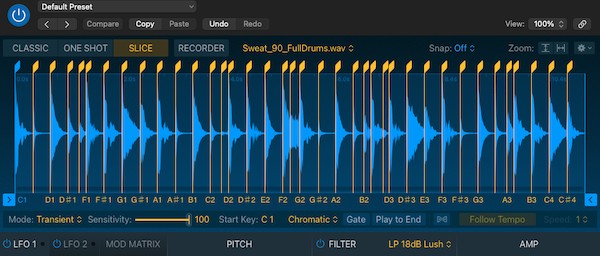
What ‘slice mode’ does is it uses a rhythm detection algorithm to work out where the notes or drum hits are in our loaded loop; back in the day, the results of these algorithms were pretty hit-and-miss, so lots of tweaking was required to make sure the slices actually aligned properly with the loaded loop’s rhythm.
No so today; I find Quick Sampler’s beat detection function to work more or less flawlessly, and dragging and dropping the ‘Sweat_90_FullDrums’ loop from the appropriate folder in Raw Breaks proves this to be the case once again.
Now, I can use the piano roll to record a new pattern with the loaded loop, as each individual hit has been automatically assigned to a different MIDI key for isolated playback. If I have a MIDI keyboard or drum pad instrument connected to my computer also, which I most certainly do, then I can even play and record my rhythm into my DAW, finger-drumming style, just as the finest of 90s Hip Hop would have done with their MPCs.

After some hard quantising, set to the ‘1/16 Swing E’ groove map (or 66% swing, in other words), here’s my new basic rhythm, programmed using just 3 hits present in the ‘Sweat_90_FullDrums’ loop:
Before we get into some tinkering with the rhythm itself, the first thing I’d like to do is drop the pitch and introduce a touch of low pass filtering to ramp up the retro vibe - here’s how this sounds with a vintage electric piano loop, taken from our Vintage Keys Loops mini pack, in accompaniment for context:

This is sounding pretty classic, but I think we can inject a bit more life into our pattern yet - the great thing about working with a live drum loop, is that every time the drummer has hit a drum or cymbal, the sound is subtly different from the last hit, which we can easily use to our advantage here.
To do so, we simply have to identify some of the other kick, snare and hi hat hits across the keyboard or piano roll; once we’ve done this, we can just click on our existing MIDI notes and drag them across the scale to trigger the new hits.

Here’s how things sound with a bit of variation introduced:
I like where this is going! The final tweak I’d like to make to the rhythm is to find a couple of subtle, complementary sounds that I can use to spice up the pattern - I can search for sounds in the loop simply by playing the notes on my MIDI keyboard and doing so led me to quickly find a quiet snare note, referred to as a ‘ghost’ note, and subtle hi hat hit that I can pepper into the sequence.
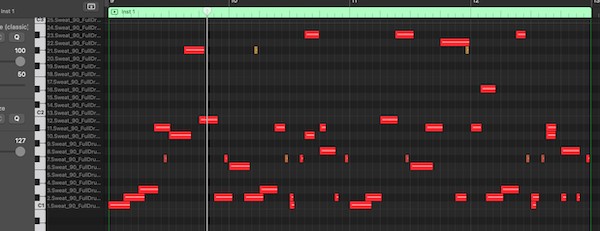
Here’s how this slightly more complex drum rhythm sounds:
This already sounds great, but I want to just subtly amp up the low end by using a hint of EQ, specifically working with a notch filter to boost the fundamental frequency of the kick drum, which is around the 60Hz region.
Adding the keys back into the mix and even a quick synth bassline thrown in for good measure, here's our beat:
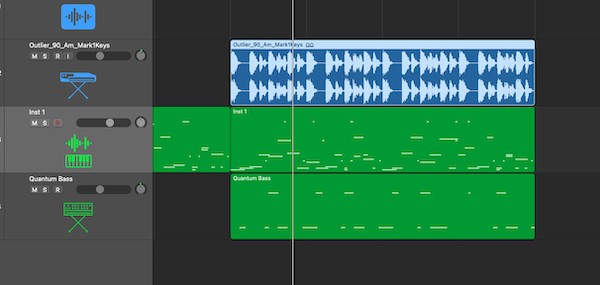
So there we have it, a fresh slice of 90s-style Hip Hop cooked up in minutes, with a single live drum loop as the key ingredient!
You can grab some free loops taken from Raw Breaks - Live Hip Hop Drum Loops by visiting the pack’s page and clicking the ‘Download Free Pack’ button located just beneath the main artwork - I’ve also made the re-sequenced drum loop used in my tutorial above, the original drum loop, plus the MIDI for both the keys part and bassline, available for you to download for free and use royalty-free in your music, below.
Enjoy the sounds and until next time, get creative!













